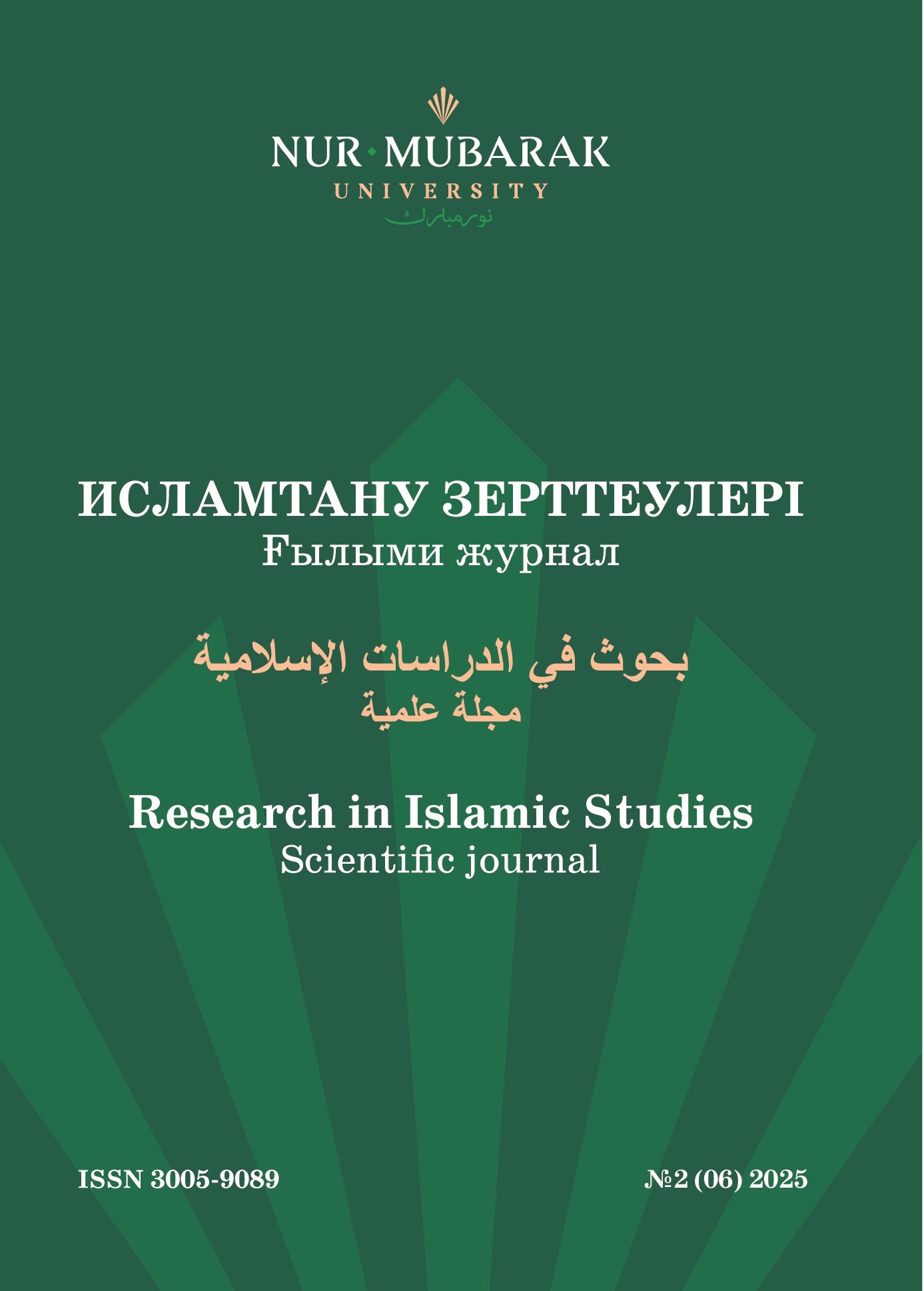Abstract
This study examines three Arabic words – “Ism” (name), “Dam” (blood), and “Āyah” (sign/verse) – which have long provoked in-depth morphological debates, particularly between the grammatical schools of Basra and Kufa. The research aims to analyze the origins and morphological forms of these words, compare the various grammatical arguments, and determine the most convincing opinion supported by linguistic and morphological evidence.
Regarding “Ism”, the study explores the dispute over its root: whether it derives from “as-sumuw” (elevation) as the Basrans claim, or from “al-wasm” (mark/sign) as suggested by the Kufans. Based on derivational evidence such as the diminutive “Sumayy” and the plural “Asmāʾ”, along with the absence of a comparable case in Arabic where the root-initial letter is dropped and replaced by a connecting hamzah, the study favors the Basran view.
For the word “Dam”, the focus is on identifying the missing radical – whether it is a yāʾ or a wāw. The study leans toward yāʾ as the deleted root letter, with the original form being “Damiy”, based on the prevalence of “damiya-yadmā” rather than “damā-yadmū”, and plural forms such as “Dimāʾ” that support the yāʾ. Poetic usages like “Damiyān” are also cited, while acknowledging possible metrical motivations.
The discussion on “Āyah” presents six proposed etymologies and morphological patterns, each involving grammatical anomalies. Some posit its origin as “Ayyah” (on the faʿalah pattern), others as “Ayya” (on faʿlah), or even “Āyiyah” (on fāʿilah), with various explanations for the deletion or modification of radicals. The study concludes that all views entail some form of irregularity and that no definitive origin can be asserted.



